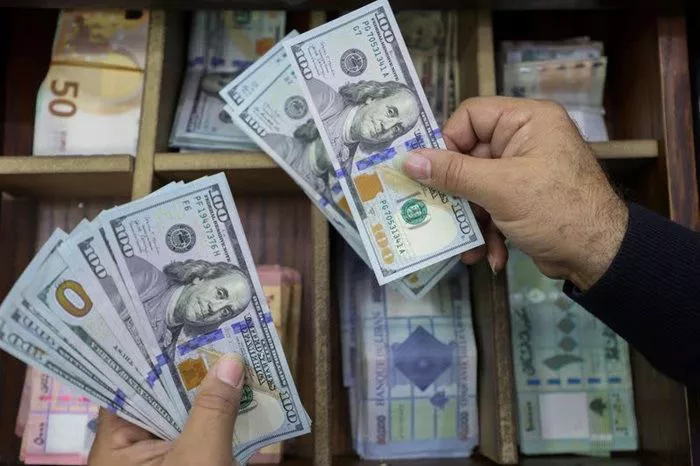A team of archaeologists from Luxembourg has uncovered a remarkable collection of ancient Roman gold coins, dating back 1,600 years. The coins, which feature the profiles of nine different Roman emperors from the 4th and 5th centuries, were unearthed in the northern village of Holzthum. The discovery has left experts astounded due to the historical significance and rarity of the find.
Among the emperors depicted on the coins is Eugenius, a lesser-known figure who briefly ruled the Western Roman Empire after the mysterious death of Emperor Valentinian II. Eugenius’ image is one of the most distinct in the collection, which highlights the diversity of leadership during a tumultuous period in Roman history.
The excavation was initiated after an amateur with a metal detector discovered coins in the area in 2019. Professional archaeological teams began excavating the site in 2020, continuing their work through 2024. According to reports from RTL Lëtzebuerg’s Marc Hoscheid, the area posed challenges due to the presence of unexploded munitions and ordnance from World War II. As a result, the archaeologists enlisted the help of Luxembourg’s Army Mine Action Service to ensure a safe excavation process.
In addition to the coins, the excavation revealed remnants of old structures believed to be the remains of a burgus, a small Roman fortress or tower. The area, once part of the Roman Empire, was prosperous during the early 4th century, but by the early 5th century, it became increasingly vulnerable to Germanic invasions, which would eventually drive the Romans out of the region.
The haul of 141 Roman gold coins, primarily solidi minted in the early 4th century CE, has an estimated value of $322,000 in today’s market. Historian Rebecca Usherwood from Trinity College Dublin noted that such a large cache of gold coins would have been an extraordinary amount of wealth in its time. “Most people in the Roman Empire would rarely, if ever, have seen a single gold coin,” she said. “To find this many suggests the owner was of considerable social standing, likely a military officer.”
The period in which these coins were minted marks a significant transition in Roman history, as Emperor Constantine I’s conversion to Christianity in 313 CE ushered in an era of religious transformation. The weakening Roman influence in the territories that now make up Germany, Luxembourg, and France also coincided with the rise of Germanic tribes across the Rhine River, contributing to the eventual collapse of Roman authority in the region.
Usherwood speculated that the coins may have been buried by their owner during a time of crisis, possibly after a skirmish or when they were unable to escape the region. “It’s likely they died before they could recover their treasure,” she suggested.
Archaeologists have begun analyzing the coins and plan to publish their findings in a scientific journal. Luxembourg’s culture minister, Eric Thill, stated that while it may take some time to fully process the excavation results, the discovery is set to deepen our understanding of the final century of the Roman Empire in the West.
“This will undoubtedly increase our knowledge and understanding of the last century of the Roman Empire in the West,” Thill said.
Related topics:
- India Surpasses China in Gold Purchases, Buying 51% More in Three Months
- Gold Rates Skyrocket in Chennai on Diwali, 24K Gold Exceeds Rs. 81,000 Per 10 Grams
- Bitcoin Poised for a Surge Amid Gold’s Delivery Delays, Expert Claims


